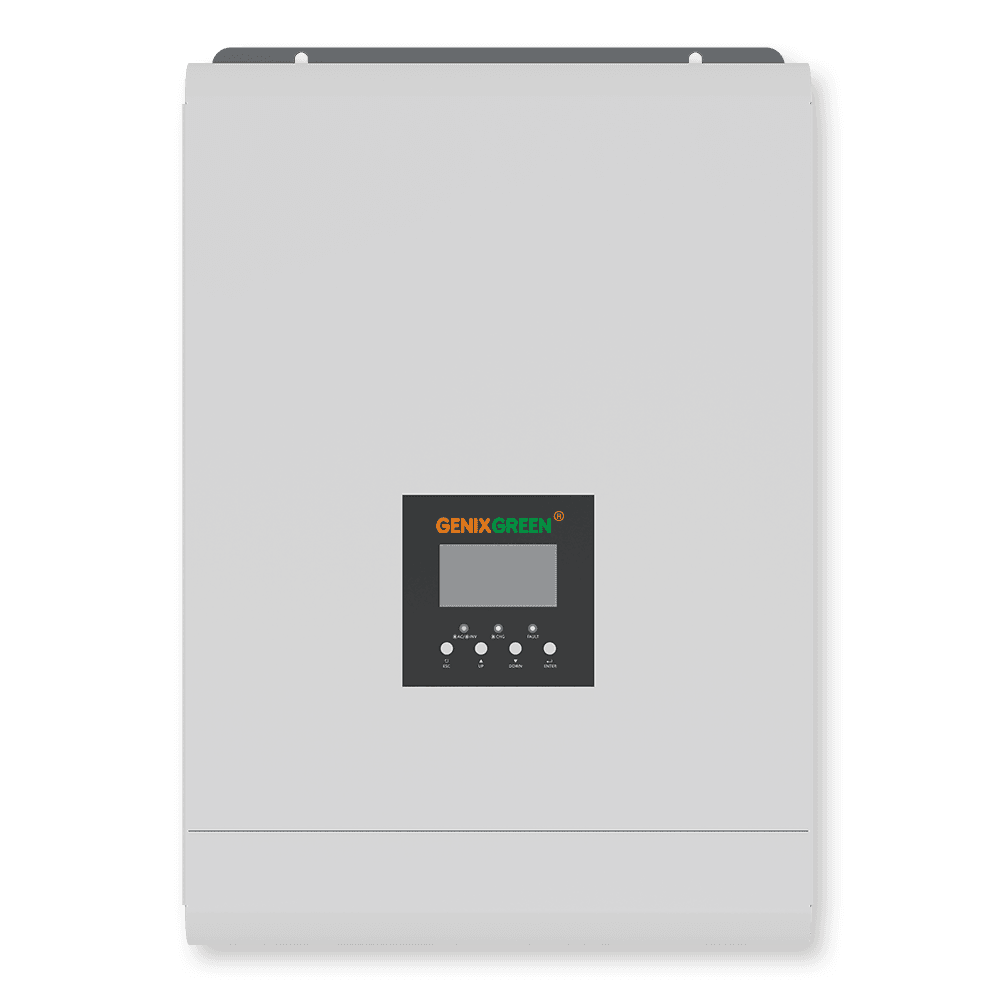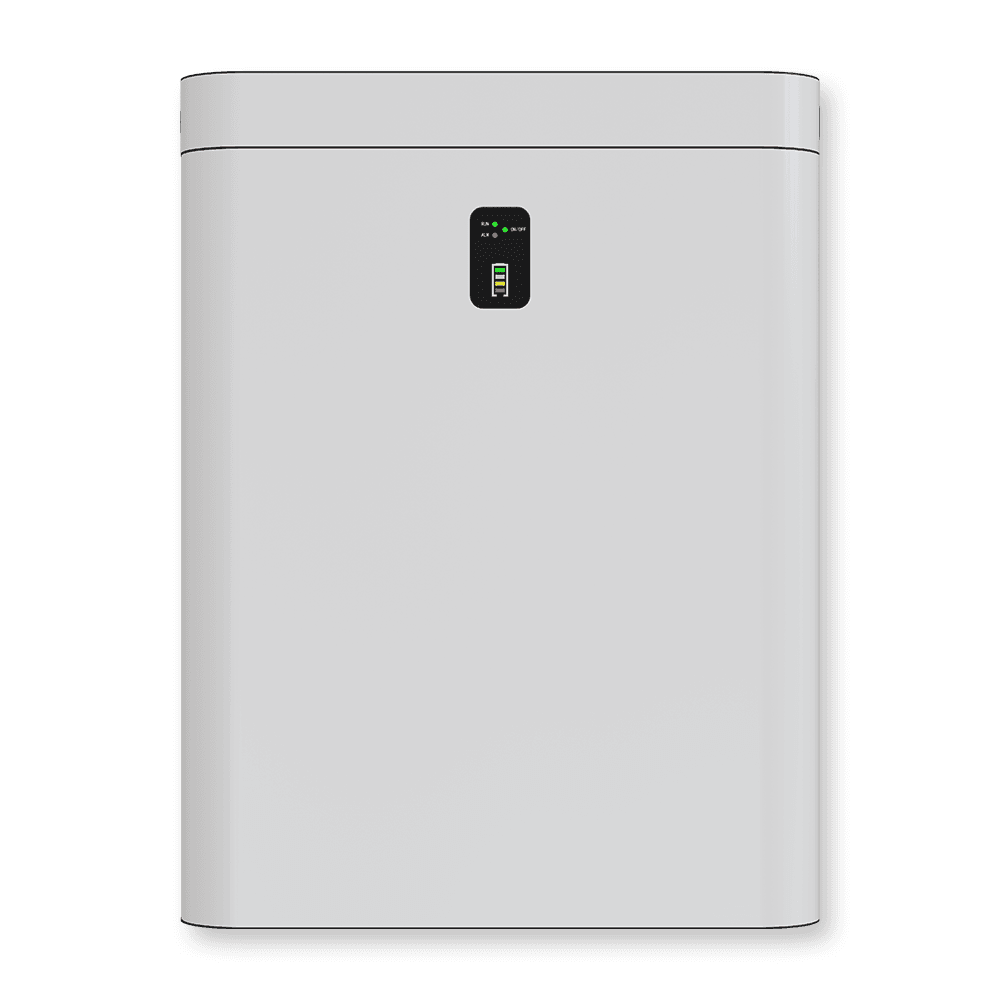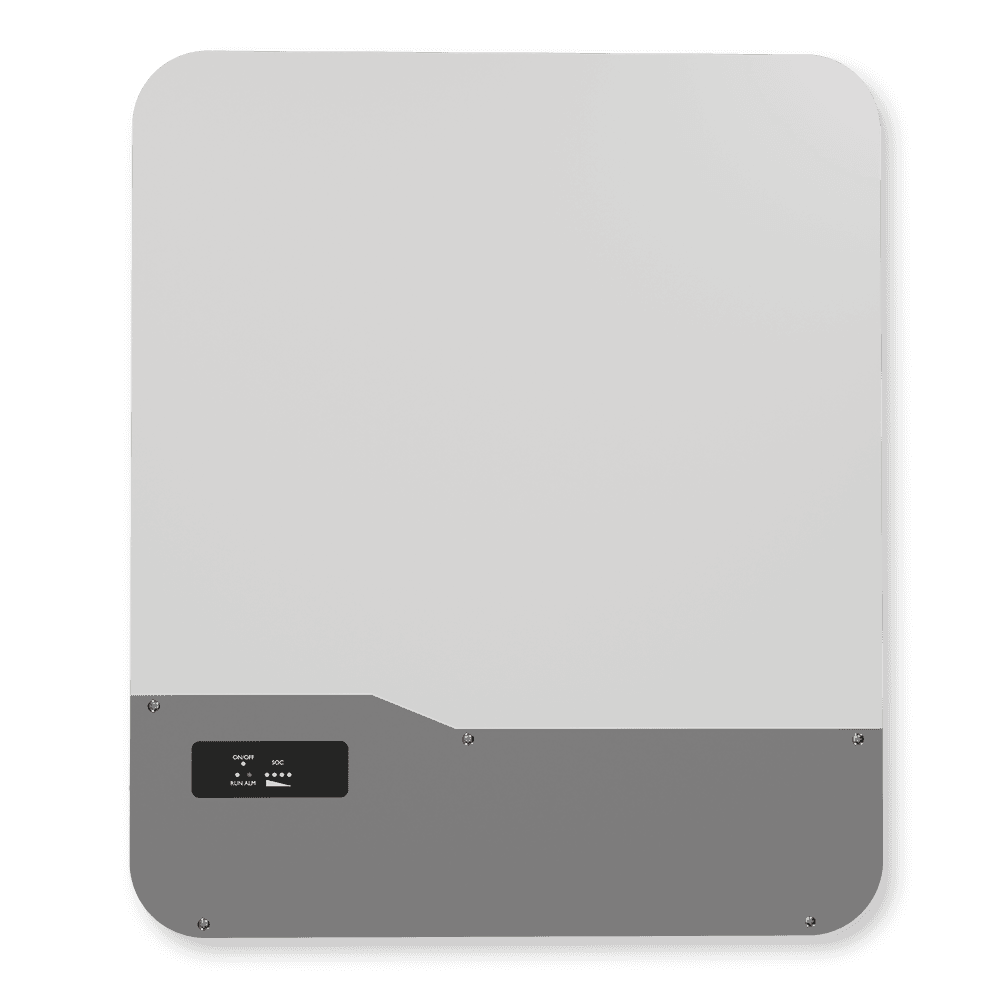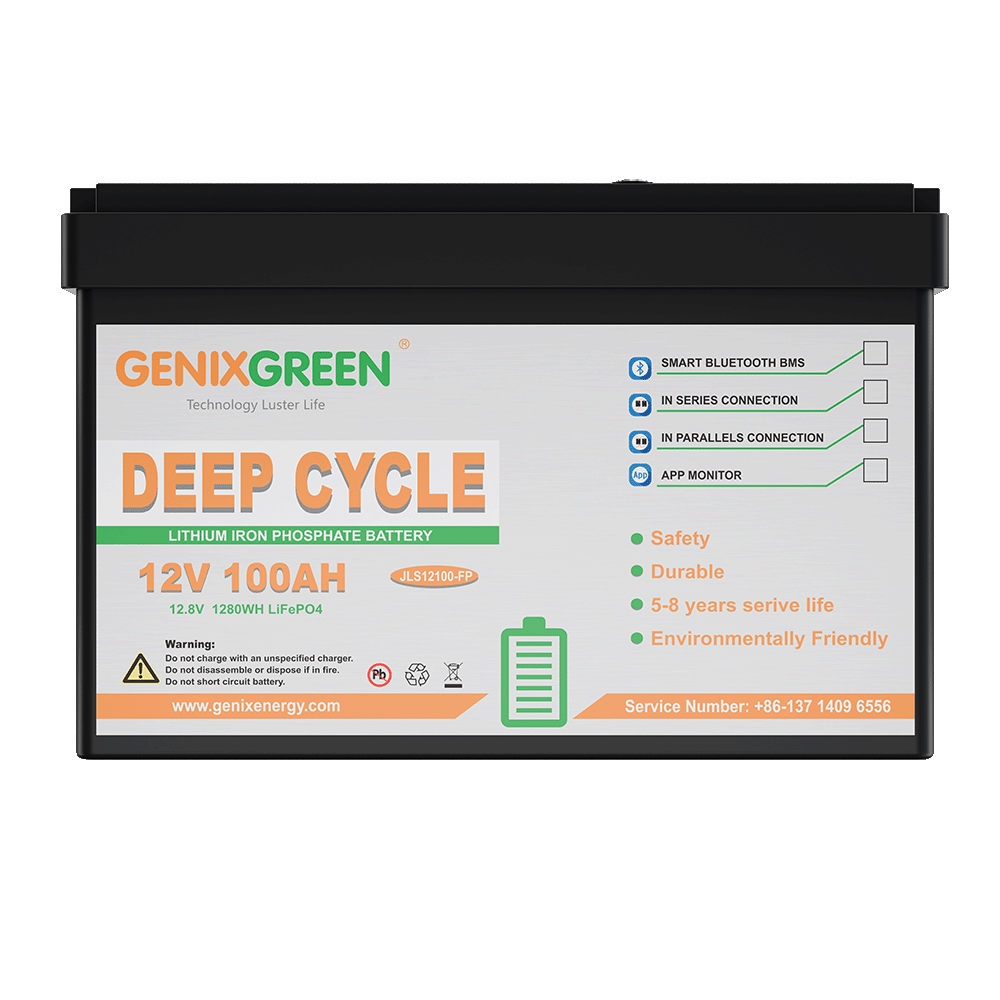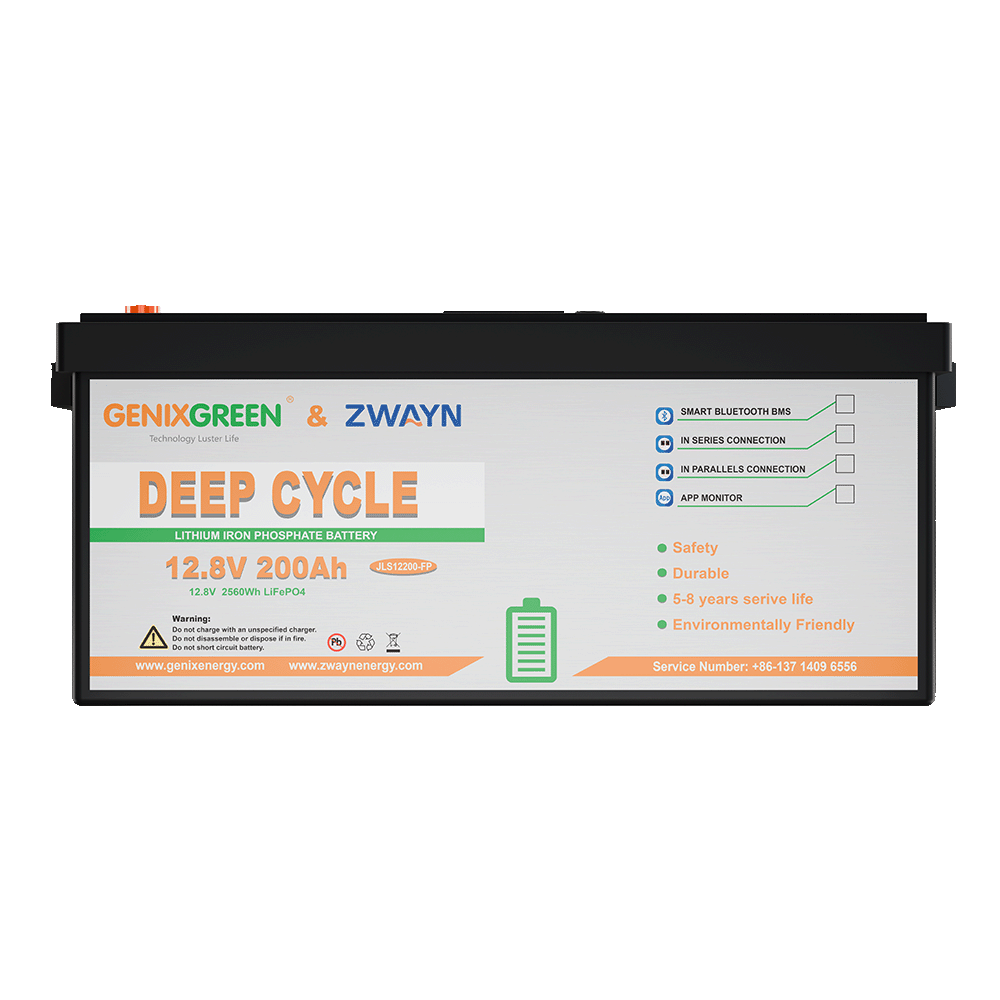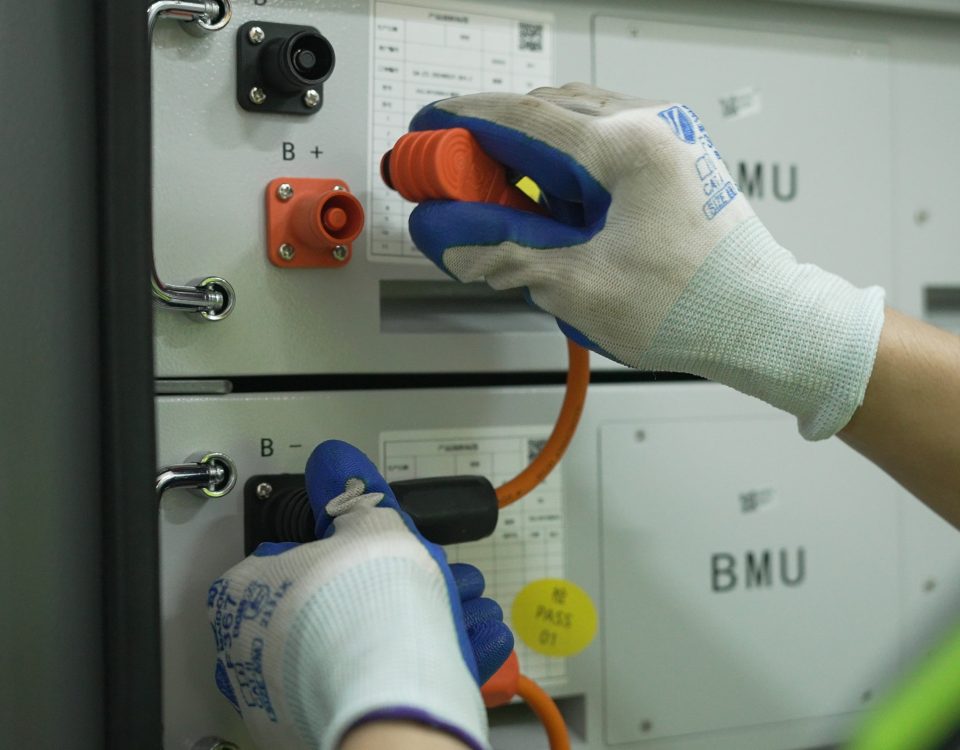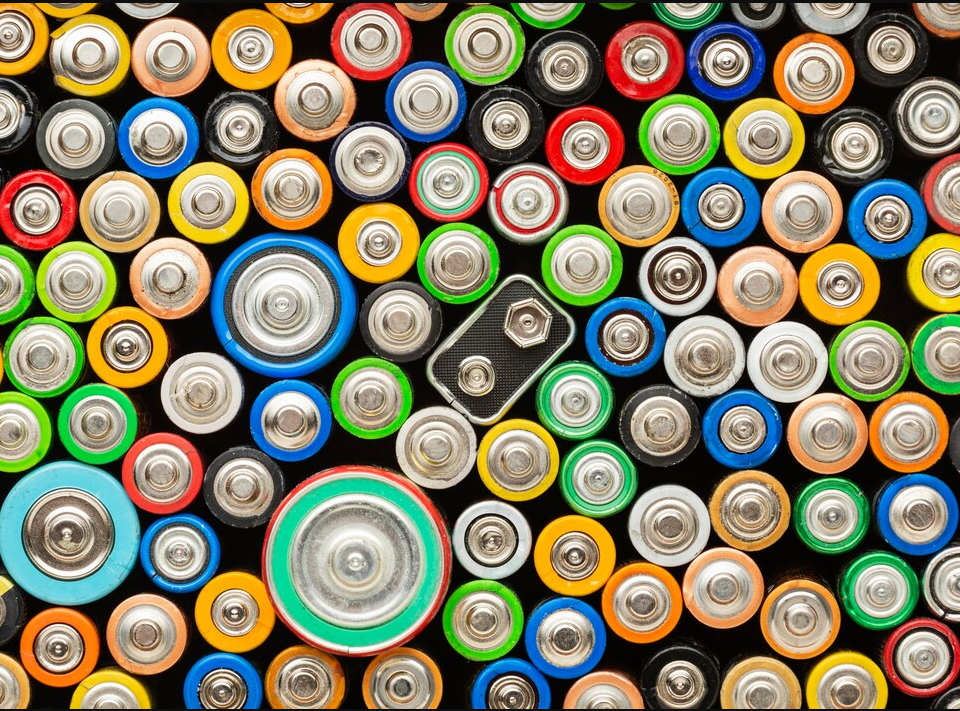
How long do lithium batteries last?
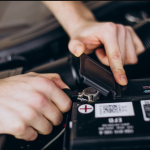
How long can a lithium-ion battery last without charging?
As a developer and manufacturer of lithium batteries, we are well aware of the importance of lithium batteries in modern life, and we are also aware of their potential safety hazards. Proper handling of lithium batteries is not only related to equipment performance, but also directly affects personal and environmental safety. This article will provide users with a concise and practical guide to safe handling of lithium batteries from a professional perspective.

- Basic characteristics and risks of lithium batteries
Lithium batteries are widely used in consumer electronics, electric vehicles, and energy storage systems due to their high energy density and lightweight design. However, due to their active internal chemical properties, improper handling may cause the following risks:
Thermal runaway: Overcharging, short circuit or external damage may cause the battery temperature to rise sharply, causing fire or explosion.
Leakage and corrosion: Damaged battery casings may release electrolytes, causing damage to equipment and the environment.
Environmental pollution: If discarded lithium batteries are not properly recycled, the heavy metals and hazardous substances in them may contaminate soil and water sources.
Therefore, it is the responsibility of every user and company to safely handle lithium batteries. - Safety measures in daily use
(1) Avoid physical damage
Once the lithium battery shell is damaged, the internal diaphragm may rupture, causing a short circuit or thermal runaway. Recommendations:
Avoid hitting, squeezing or puncturing the battery.
Do not mix the battery with metal objects (such as keys, coins) to prevent short circuits.
(2) Control charging behavior
Incorrect charging methods are one of the main causes of lithium battery accidents. The following are key precautions:
Use original or certified chargers to ensure that the voltage and current match.
Avoid overcharging or connecting to the power source for a long time.
Maintain ventilation during charging and avoid high temperature environments.
(3) Pay attention to temperature management
The optimal operating temperature of lithium batteries is 20°C-25°C. Extreme temperatures will significantly increase safety risks:
Avoid direct sunlight or proximity to heat sources in high temperature environments.
Try to minimize high current discharge in low temperature environments to avoid damaging the battery structure. - Recycling and treatment of used lithium batteries
Waste lithium batteries contain precious metals such as recyclable lithium, cobalt, and nickel, but also contain hazardous substances. Therefore, waste lithium batteries must be recycled through formal channels rather than discarded at will.
(1) Recycling process
Classified collection: Store waste lithium batteries separately from other garbage to avoid mixing with domestic garbage.
Processing by professional institutions: Contact the local environmental protection department or authorized recycling companies to send the batteries to designated recycling points.
Secondary utilization: For retired batteries that still have some capacity, they can be used in low-demand scenarios such as energy storage after testing to extend their service life.
(2) Disassembly and reuse
Professional lithium battery recycling institutions will use automated equipment for safe disassembly, extract valuable materials and properly dispose of waste. This process must strictly comply with environmental protection regulations to avoid secondary pollution. - Emergency response measures
Despite taking preventive measures, accidents may still occur. The following are emergency response methods for lithium battery accidents:
(1) Fire
Do not use water to extinguish: When a lithium battery catches fire, it will produce flammable gases such as hydrogen, and using water may cause an explosion.
Use of fire extinguisher: It is recommended to use a dry powder fire extinguisher or a special lithium battery fire blanket to cover the fire source and isolate oxygen.
Evacuate quickly: If the fire cannot be controlled, evacuate personnel immediately and call the police.
(2) Leakage
Wear protective equipment: Wear gloves and masks when handling leaking batteries to avoid direct contact with electrolyte.
Isolate area: Place the leaking battery in a well-ventilated plastic container and hand it over to a professional organization for treatment as soon as possible. - Summary
The safe handling of lithium batteries needs to be carried out throughout their entire life cycle, from daily use to final recycling, and every step is crucial. As a lithium battery developer, we call on our users to raise their safety awareness, follow scientific operating specifications, and actively participate in the recycling of used batteries. Only by working together can we achieve the sustainable development of lithium battery technology.



